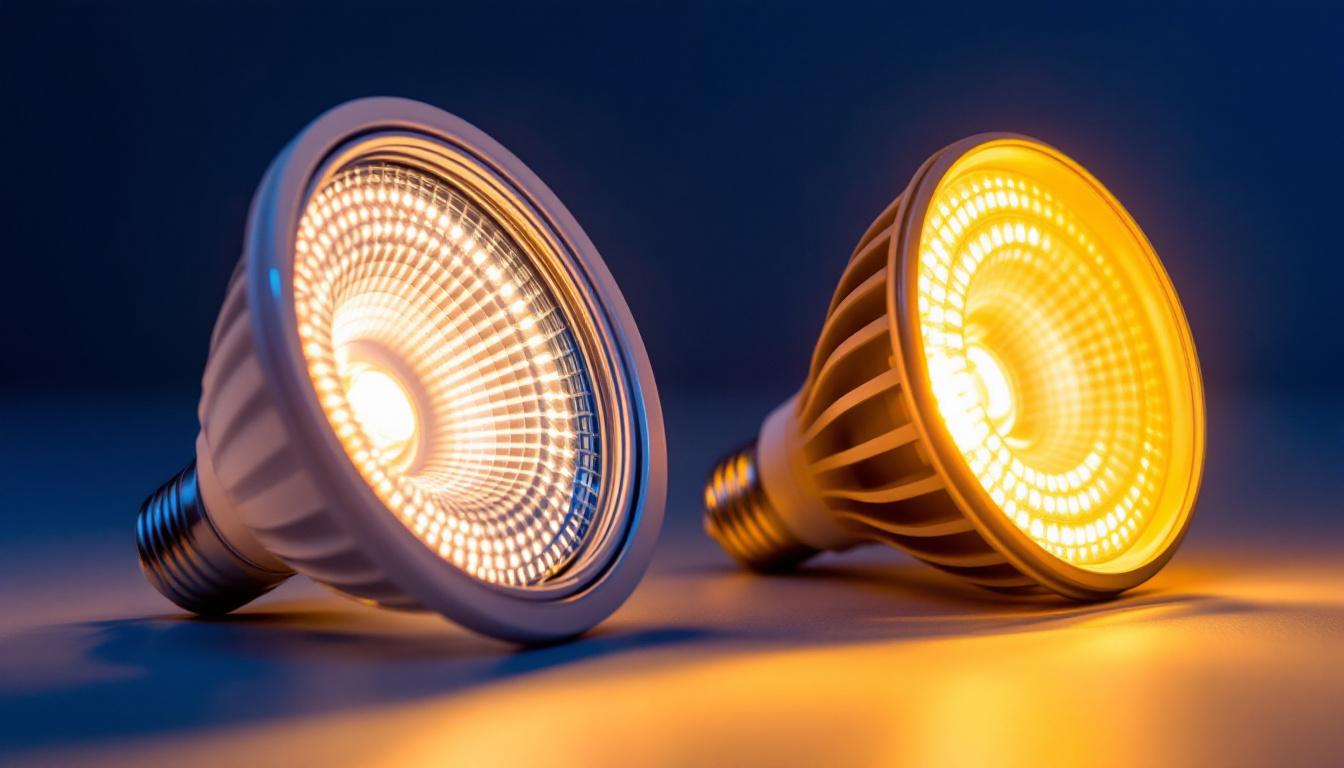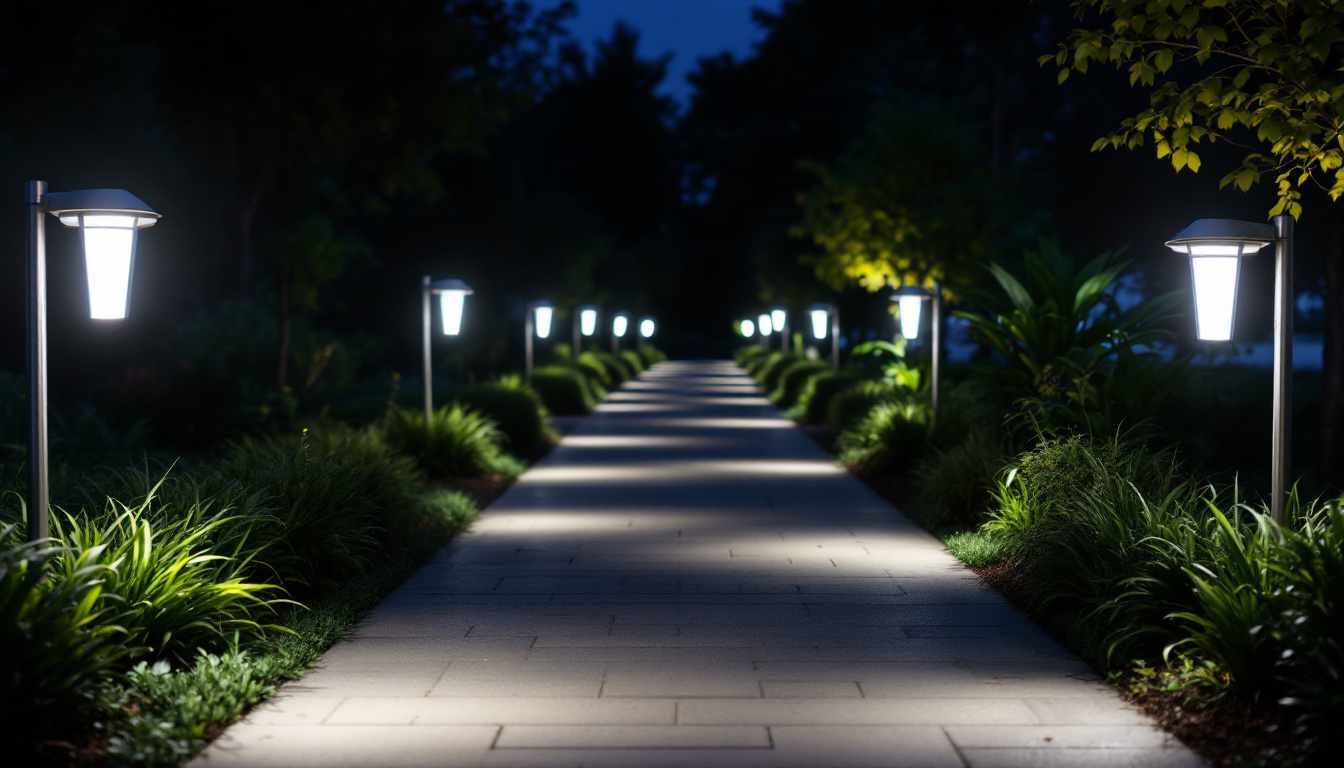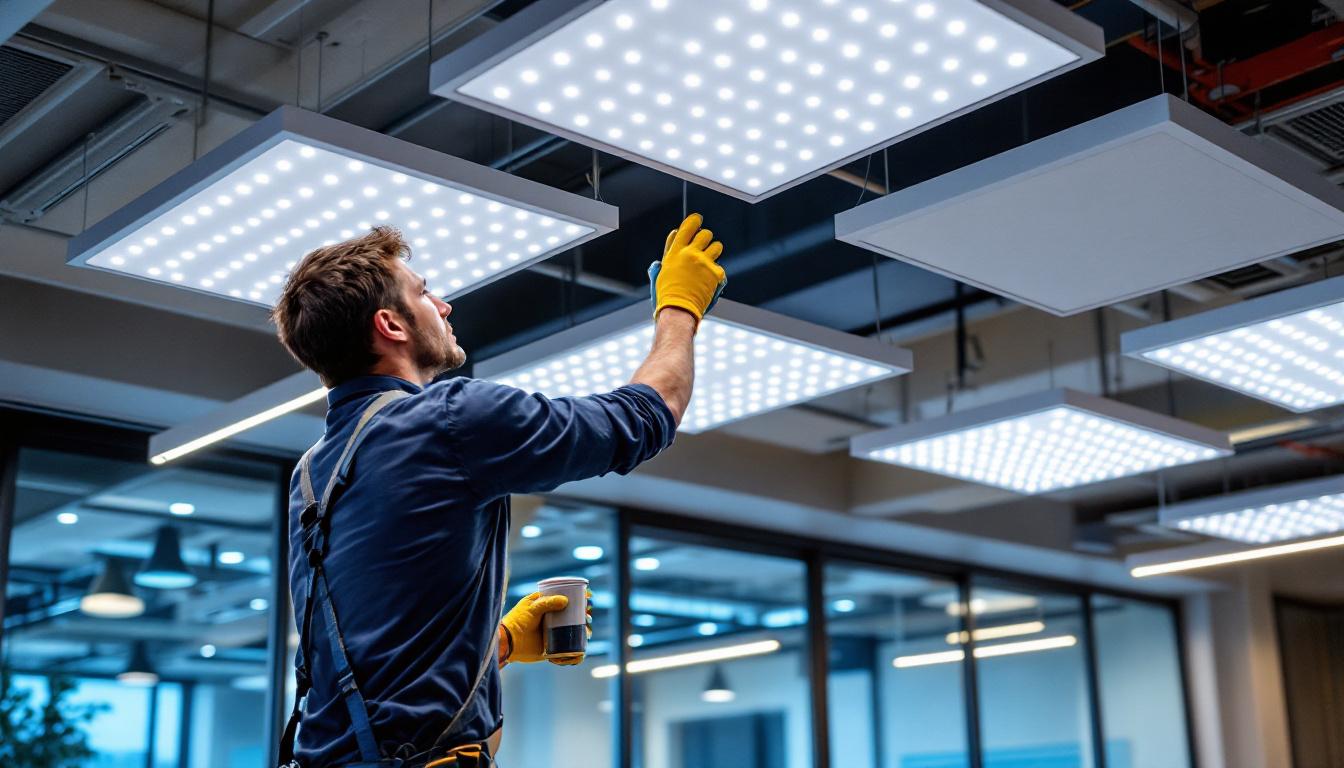
The lighting industry is undergoing a significant transformation, driven by advancements in technology and changing consumer preferences. Among the many innovations, the debate between Par30 and BR30 bulbs has emerged as a pivotal topic for lighting contractors and industry professionals. Understanding the differences and applications of these two types of bulbs can not only enhance lighting design but also provide opportunities for energy efficiency and cost savings.
Before diving into the intricacies of Par30 and BR30 bulbs, it is essential to grasp their fundamental characteristics. Both types belong to the family of reflector bulbs, designed to direct light in a specific direction, making them ideal for various applications.
Par30 bulbs, or Parabolic Aluminized Reflector bulbs, are known for their narrow beam angle and high-intensity light output. Typically measuring 3.75 inches in diameter, they are often used in track lighting, recessed fixtures, and outdoor applications where focused lighting is necessary.
One of the standout features of Par30 bulbs is their versatility. They can be found in both incandescent and LED versions, allowing contractors to choose based on the specific needs of a project. The ability to provide a concentrated beam makes them ideal for highlighting artwork, architectural features, or merchandise displays in retail environments. Additionally, Par30 bulbs are often utilized in photography and videography settings, where precise lighting is crucial for capturing the perfect shot. Their ability to minimize shadows and enhance colors makes them a favorite among professionals in the creative industry.
On the other hand, BR30 bulbs, or Bulged Reflector bulbs, are characterized by their wider beam angle and softer light output. With a diameter of 3.75 inches, similar to the Par30, they are designed for general-purpose lighting and are commonly used in residential settings, such as living rooms, kitchens, and dining areas.
The broader beam angle of BR30 bulbs allows for a more diffused light, making them suitable for ambient lighting. They are often favored in applications where a warmer, more inviting atmosphere is desired. Like Par30 bulbs, BR30s are available in both incandescent and LED formats, providing flexibility in energy consumption and longevity. Furthermore, the soft glow emitted by BR30 bulbs can enhance the overall aesthetic of a space, creating a cozy environment that encourages relaxation and social interaction. This makes them particularly popular in hospitality settings, such as restaurants and hotels, where ambiance plays a key role in guest experience. The ability to easily integrate dimmable options further enhances their appeal, allowing users to adjust the light intensity to suit different moods and occasions.
Understanding the differences between Par30 and BR30 bulbs is crucial for lighting contractors when selecting the appropriate bulb for a specific application. While both types share similarities, their distinct characteristics cater to different lighting needs.
One of the most significant differences lies in the beam angle. Par30 bulbs typically have a narrower beam angle, often ranging from 15 to 45 degrees, which allows for precise light placement. This feature is particularly beneficial in settings where focused lighting is required, such as art galleries or retail spaces. For instance, in an art gallery, the ability to spotlight specific pieces can enhance the viewer’s experience, drawing attention to details that might otherwise go unnoticed.
Conversely, BR30 bulbs have a wider beam angle, usually between 60 to 100 degrees. This broader distribution of light makes them ideal for general lighting applications, where a more even illumination is desired. They are often used in residential settings, such as living rooms or kitchens, where a warm and inviting atmosphere is essential. Understanding these beam angles can help contractors make informed decisions based on the specific lighting requirements of a project, ensuring that the chosen bulb not only meets aesthetic needs but also functional ones.
Energy efficiency is a critical consideration in today’s lighting industry. Both Par30 and BR30 bulbs are available in energy-efficient LED options, which significantly reduce energy consumption compared to traditional incandescent bulbs. However, the energy efficiency can vary between the two types, depending on the specific bulb design and technology used. For example, some Par30 LED bulbs are engineered to provide high lumen output while consuming less wattage, making them particularly attractive for commercial applications where energy costs can be substantial.
In terms of lifespan, LED versions of both Par30 and BR30 bulbs typically last significantly longer than their incandescent counterparts. While incandescent bulbs may last around 1,000 hours, LED variants can last anywhere from 15,000 to 25,000 hours or more. Contractors should consider the long-term cost implications when selecting bulbs for their projects, as the initial investment in LED technology can lead to substantial savings over time. Additionally, the longevity of LED bulbs reduces the frequency of replacements, which can be a significant advantage in hard-to-reach fixtures or high-ceiling environments, ultimately contributing to lower maintenance costs and enhanced convenience for property owners.
When it comes to selecting between Par30 and BR30 bulbs, several factors should be taken into account. The choice ultimately depends on the specific requirements of the project, including the desired lighting effect, energy efficiency, and budget constraints.
Identifying the primary application for the lighting is essential. For instance, if the goal is to highlight specific features or create dramatic lighting effects, Par30 bulbs would be the preferred choice due to their focused beam. On the other hand, if the aim is to create a warm, inviting atmosphere in a living space, BR30 bulbs would be more suitable.
Additionally, the height of the ceiling and the layout of the space can influence the decision. In rooms with higher ceilings, Par30 bulbs may provide the necessary intensity to illuminate the area effectively, while BR30 bulbs may suffice in standard-height rooms where a softer light is desired.
Furthermore, the color temperature of the bulbs can also play a significant role in the overall ambiance. Par30 bulbs often come in a range of color temperatures, allowing for a more tailored lighting experience that can enhance the mood of a space. For example, cooler temperatures can create a more energetic atmosphere, ideal for workspaces, while warmer tones can foster relaxation in living areas. Understanding these nuances can greatly impact the effectiveness of the lighting design.
Cost considerations play a significant role in the decision-making process. While LED options for both Par30 and BR30 bulbs may have a higher upfront cost, their energy savings and longer lifespan can offset the initial investment. Contractors should evaluate the total cost of ownership, factoring in energy consumption, replacement frequency, and maintenance costs.
Moreover, many clients are increasingly conscious of energy efficiency and sustainability. By opting for LED versions of either bulb type, contractors can not only meet client expectations but also contribute to environmental sustainability efforts. The shift towards energy-efficient lighting is not just a trend; it reflects a growing awareness of the ecological impact of our choices. Additionally, many regions offer incentives or rebates for using energy-efficient lighting solutions, further enhancing the financial benefits for both contractors and clients.
In the context of commercial projects, the choice of lighting can also affect the overall productivity of employees. Studies have shown that well-lit environments can lead to increased focus and reduced eye strain, which can ultimately translate to better performance and job satisfaction. Therefore, making an informed choice between Par30 and BR30 bulbs can have far-reaching implications beyond mere aesthetics and energy savings.
The lighting industry is constantly evolving, with new technologies and trends emerging regularly. As the debate between Par30 and BR30 continues, several future trends are shaping the landscape of lighting design and implementation.
One of the most significant trends is the rise of smart lighting solutions. Integrating smart technology into both Par30 and BR30 bulbs allows for enhanced control over lighting systems. Features such as dimming, color temperature adjustments, and remote access can be achieved through smart bulbs, providing users with greater flexibility and customization options.
Contractors should stay informed about these advancements, as they can offer clients innovative solutions that enhance their overall lighting experience. The ability to control lighting through mobile apps or voice commands is becoming increasingly popular, making it essential for contractors to consider smart options when selecting bulbs for their projects.
As sustainability becomes a priority for many consumers, the demand for eco-friendly lighting solutions continues to rise. Both Par30 and BR30 bulbs can be manufactured with sustainable materials and energy-efficient technologies, aligning with the growing trend toward environmentally responsible practices.
Contractors who prioritize sustainability in their projects can differentiate themselves in a competitive market. By offering energy-efficient lighting options and promoting eco-friendly practices, they can appeal to environmentally conscious clients and contribute to a more sustainable future.
The ongoing debate between Par30 and BR30 bulbs highlights the importance of understanding the unique characteristics and applications of each type. For lighting contractors, making informed decisions about bulb selection can lead to enhanced lighting design, improved energy efficiency, and satisfied clients.
As the lighting industry continues to evolve, staying abreast of emerging trends and technologies is essential. By embracing innovations such as smart lighting solutions and sustainable practices, contractors can position themselves as leaders in the field, ready to meet the demands of a changing market.
Ultimately, the choice between Par30 and BR30 bulbs is not just about the technical specifications; it is about creating the right atmosphere and achieving the desired lighting effects for each unique project. By understanding the nuances of these two bulb types, lighting contractors can make decisions that not only enhance their projects but also contribute to the broader evolution of the lighting industry.
Ready to elevate your lighting projects with the game-changing benefits of Par30 and BR30 bulbs? Look no further than LumenWholesale for a seamless experience in acquiring premium lighting solutions. We provide contractors with the highest quality, spec-grade lighting products at unbeatable wholesale prices, ensuring you get the best value for every project. With our extensive selection, free shipping on bulk orders, and commitment to quality, LumenWholesale is your go-to source for reliable and high-performance lighting. Don’t let inflated markups dim your vision—Wholesale Lighting at the Best Value is just a click away.

Discover essential tips and best practices for lighting contractors when installing 120-volt LED pathway lights.

Discover how 6 LED can lights can transform your lighting installations into profitable ventures.

Discover the latest trends in bathroom lighting that every contractor needs to know.

Discover how LED ceiling panels are revolutionizing the lighting industry, offering contractors enhanced efficiency, energy savings, and innovative design possibilities.